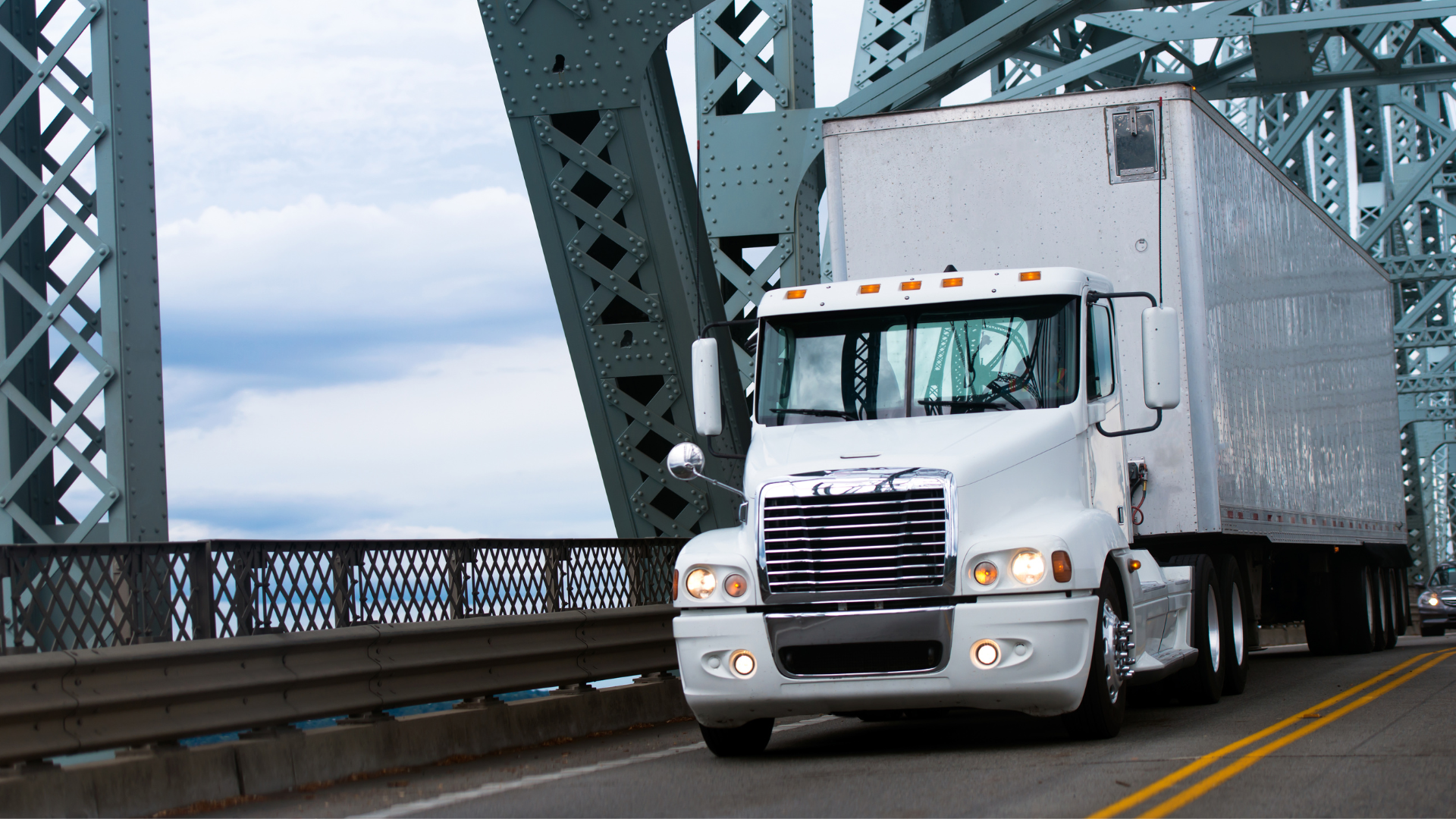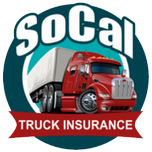
The Impact of Technology for Big Rig Insurance Companies in California
The trucking industry in California, an indispensable part of the global supply chain, is undergoing a significant transformation, thanks in large part to advancements in technology. This evolution is not just about the vehicles themselves but extends to every facet of the industry, including commercial insurance for large trucks and trailers. Integrating Artificial Intelligence (AI)The simulation of human intelligence in machines programmed to think like humans and mimic their act... and Machine Learning (ML) is revolutionizing the insurance sector, particularly in how policies are underwritten, priced, and claims processed.
This blog explores how modern technology and digital tools significantly impact big rig insurance companies in California. Learn how these innovations are shaping common practices, improving safety, and affecting premiumThe amount paid by the insured to the insurance company in exchange for insurance coverage, typicall... costs.
The Influence Of Artificial Intelligence And Machine Learning on Big Rig Insurance
AI and ML are making the insurance experience faster, more personalized, and significantly more efficient. By leveraging massive datasets, these technologies can identify patterns and trends that might escape human notice, thus enhancing risk assessmentThe process of identifying potential risks in advance, analyzing them, and taking precautionary step... and predictive analytics capabilities.
For instance, machine learning algorithms can analyze data from IoT devices to gauge an individual’s health or the risk profile of a truck, which plays a crucial role in underwritingThe process by which insurers evaluate the risk of insuring a particular employer or job class based... and claims processing. Technologies like AI-powered tools SubmissionLink and ClauseLink can swiftly process documents and compare policies, streamlining underwriting and policy issuance processes.
Machine Learning Operations (MLOps) In The Trucking Insurance Sector
MLOps, a discipline focused on deploying and maintaining ML models in production reliably and efficiently, is becoming increasingly important for commercial truck insurance in California. This approach ensures that the models continue to provide value over time, adapting to new data and insights. MLOps facilitates improved policy administration, risk assessment, and claims processing efficiency, particularly for commercial fleets. This helps manage the sheer volume of data and make more accurate predictions and decisions based on real-time information.
Driver Shortages, Technology, And Insurance Costs
The trucking industry is grappling with a significant driver shortage, exacerbated by an aging workforce, COVID-19-related challenges, and changing labor regulations. The American Trucking Association (ATA) estimates a need for 1.1 million new drivers in the next decade to replace retiring ones. This shortage impacts insurance costs, as fewer experienced drivers mean a potential increase in risk, driving up premiums.
Additionally, litigation costs have soared, with the American Transportation Research Institute’s (ATRI) 2020 study revealing a 967% increase in average verdict size between 2010 and 2018, further straining insurance costs.
Adoption of Autonomous Technology In Commercial Trucks
In response, autonomous technology in commercial trucks emerges as a promising solution. Self-driving trucks offer the potential to alleviate driver shortages by handling long-haul routes, increasing operational efficiency, and enhancing safety. While this technology presents significant benefits, including reduced costs and improved road safety, it also raises concerns about job security and the regulatory landscape. Federal and state governments are navigating these challenges with new regulations to safely integrate autonomous trucks into the industry.
Enhancing Commercial Fleet SafetySafety measures and policies specifically designed to prevent accidents and ensure the safe operatio... Through Technology
In commercial fleet safety, technology such as AI-powered fleet safety solutions is becoming increasingly crucial. These technologies, including dash cameras and machine learning algorithms, are instrumental in preventing accidents by monitoring and improving driver behavior in real-time. For instance, advanced safety systems like forward collision warnings and automatic emergency braking have been shown to significantly reduce rear-end crashes, underscoring the life-saving potential of these technologies.
Moreover, active safety systems, which encompass a variety of technologies, including lane departure warning systems and electronic stability controls, are proving vital in mitigating risks associated with truck driving. Studies have demonstrated that these systems can prevent a significant number of truck-related accidents annually, reinforcing the role of technology in enhancing road safety.
Impact Of Positive Safety Records On Insurance Costs
The impact of implementing these safety technologies extends beyond just accident prevention; they also have a direct effect on commercial truck insurance costs. Fleets that embrace safety technologies often benefit from reduced insurance premiums, as insurers recognize the lowered risk of claims associated with these fleets.
ATRI’s research indicates that insurance premiumThe amount paid for an insurance policy, calculated based on the risk profile of the insured and the... costs have been steadily increasing, making it more imperative for fleet managers to adopt safety technologies as a strategy to curb these costs. Notably, fleets employing advanced safety measures, such as camera systems, may qualify for discountsReductions in insurance premiums offered by insurers to policyholders who meet certain criteria that... from insurers, further emphasizing the financial advantage of investing in safety technologies.
Furthermore, safety technologies not only help in reducing the likelihood of accidents but also assist in mitigating the fallout from accidents that do occur. This includes minimizing legal and operational costs associated with accidents, which can be particularly burdensome for fleets facing so-called “nuclear verdicts” — exceptionally large legal settlements. By prioritizing safety and utilizing advanced technologies, fleets can better manage their risk and, by extension, their insurance expenses.
Reducing Property DamageInsurance coverage that pertains to damage or destruction of buildings, vehicles, and other physical... Claims With Advanced Technologies
Integrating advanced technologies within commercial fleets has significantly reduced property damage claims, leading to financial benefits for insurance carriers. Implementing active safety systems, such as video-based technologies and radar systems, plays a crucial role in mitigating risks associated with truck driving.
Studies have revealed that crash-avoidance technology on large commercial vehicles could prevent up to 63,000 truck-related accidents yearly. Specifically, technologies like forward collision warning and automatic emergency braking systems have demonstrated their effectiveness by substantially reducing rear-end crashes.
Moreover, managing damage, loss, and claims is an essential part of logisticsThe overall management of the way resources are obtained, stored, and moved to the locations where t..., where cooperation between shippers, vendors, and transportation providers can minimize the risks of freight damage and claims. Proper packaging, shipment labeling, and thorough inspection upon freight arrival are among the proactive steps that can be taken to avoid freight damage and subsequent claims.
Transforming Big Rig Safety And Insurance With SoCal Truck Insurance
Integrating AI and ML into big rig insurance is transforming the industry from a traditionally reactive business model to a more proactive, personalized, and efficient one. As these technologies evolve and mature, we can expect further innovations that will streamline operations, enhance customer experiences, and offer more tailored trucking insurance solutions. The future of big rig insurance is digital, data-driven, and customer-centric, promising improved operational efficiencies for insurers and better coverage and service for truckers and trucking companies alike.
Ready to revolutionize your fleet with cutting-edge technology? Dive deeper into how SoCal Truck Insurance can redefine safety and savings in your operations.


